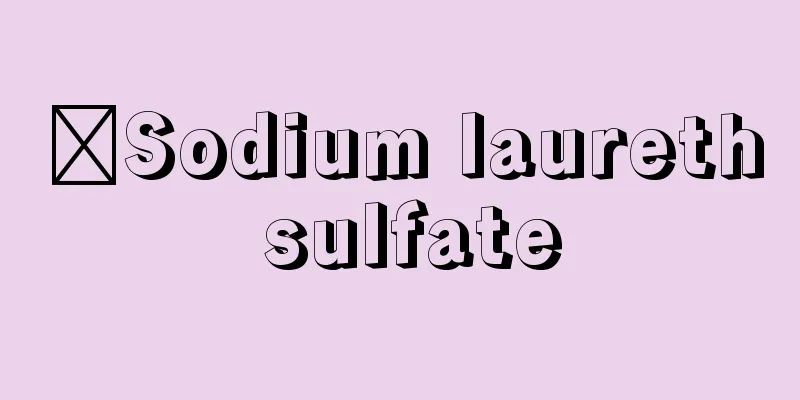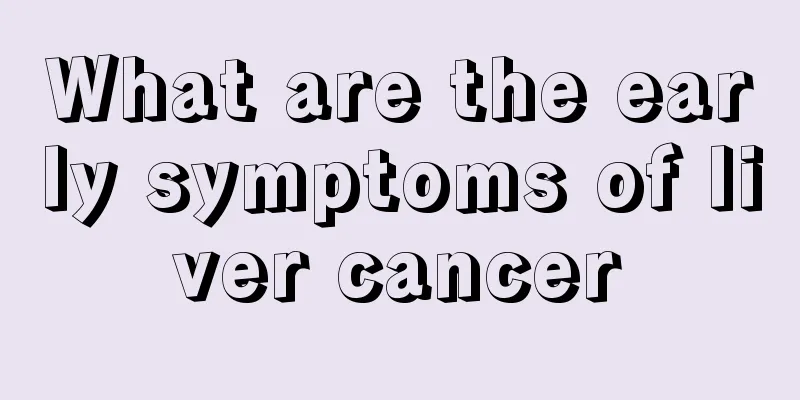Sodium laureth sulfate

|
When it comes to sodium laureth sulfate, most people are very confused, but if you have carefully looked at the detergents and shampoos in your home, you will find that this is one of the substances. It is widely used in daily necessities and is also widely used in industries such as textiles and petroleum. So today I’d like to introduce to you this substance, sodium laureth sulfate. First, basic information. Sodium laureth sulfate Sodium laureth sulfate, English abbreviation: AES, is a white or light yellow gel paste or colorless or light yellow liquid. It is commonly used in daily chemical industries such as liquid detergent, table detergent, shampoo, bath detergent, etc. It is also used in textile, papermaking, leather, machinery, oil extraction and other industries. National Standard: GB/T 13529-2003 Classification: High concentration product: Type 70. Low concentration product: 28 type. Appearance: Type 70: White or light yellow gel paste at 25°C. Type 28: Colorless or light yellow liquid at 25°C. Odor: No unusual odor. Performance: Easily soluble in water, with excellent cleaning, emulsification, foaming and hard water resistance properties, and good biodegradability. Second use. Widely used in daily chemical, textile, petroleum, leather, printing and dyeing and other industries. Used for washing, emulsifying, wetting, dyeing, diffusion, etc. It has excellent biodegradability and low temperature performance, a high content of active matter, and is not affected by water hardness. Especially as a detergent raw material, it is not only suitable for various powdered detergent products, but also suitable for various detergents, such as laundry creams (agents) of various models and uses, detergents, dry cleaning agents, cleaning agents, removers, laundry creams, shampoos (lotions) and various shampoos, etc. The third hazard. At concentrations below 0.5%, these chemicals aren't noticeably harmful, but above that, they can dry out your skin. Many detergents with good foaming effects have far exceeded the 0.5% standard. So how do they harm your health? First, they destroy the natural oils that protect the skin's surface, and then they damage the skin's proteins, including collagen, causing skin sensitivity. Pollutants in our living environment can easily enter the inner layer of the skin and cause other skin problems. Shampoo containing this ingredient can also easily cause dandruff and itchy scalp. As the requirements for detergents in mainland China catch up with the standards of industrialized and emerging market countries, we can also see ingredient details in detergents that we have never seen in the past. |
<<: Is calcium sulfate a precipitate?
>>: Is magnesium sulfate a precipitate?
Recommend
How many days does it usually take for a cold and cough to heal?
Cold is a relatively common disease, which is gen...
Treatment of cervical cancer according to clinical staging
For patients with stage I and stage II cervical c...
What is the treatment for congenital nasolacrimal duct obstruction
Congenital nasolacrimal duct obstruction is relat...
What's the matter with brown discharge after pregnancy
During pregnancy, once brown vaginal discharge ap...
What is the reason why thyroid cancer causes itchy throat
Thyroid cancer may cause throat itching, which ma...
How long can you live without treatment of uterine cancer
Many people are very concerned about how long the...
What to do if you have a stuffy nose and can't sleep at night
Some people will have a stuffy nose and cannot sl...
What are the symptoms of sinus arrhythmia
Many people may not be familiar with sinus arrhyt...
How much does it cost to do laparoscopic surgery for teratomas on both sides?
With the development of science, more and more ne...
Is it better to take Chinese medicine or chemotherapy for lung cancer
Lung cancer is a malignant tumor that occurs in t...
Why do I feel dizzy and my eyes go dark when I wake up?
In real life, many people have experienced dizzin...
Rectal cancer symptoms
Rectal cancer symptoms: Symptoms of colorectal ca...
How to remove odor from towels
We use towels every day. We use towels to dry our...
What are the symptoms of systemic lupus erythematosus
Systemic lupus erythematosus is an autoimmune dis...
What should I do if my hair is messy when I wake up in the morning?
For most girls, hair is like a second face, and i...









